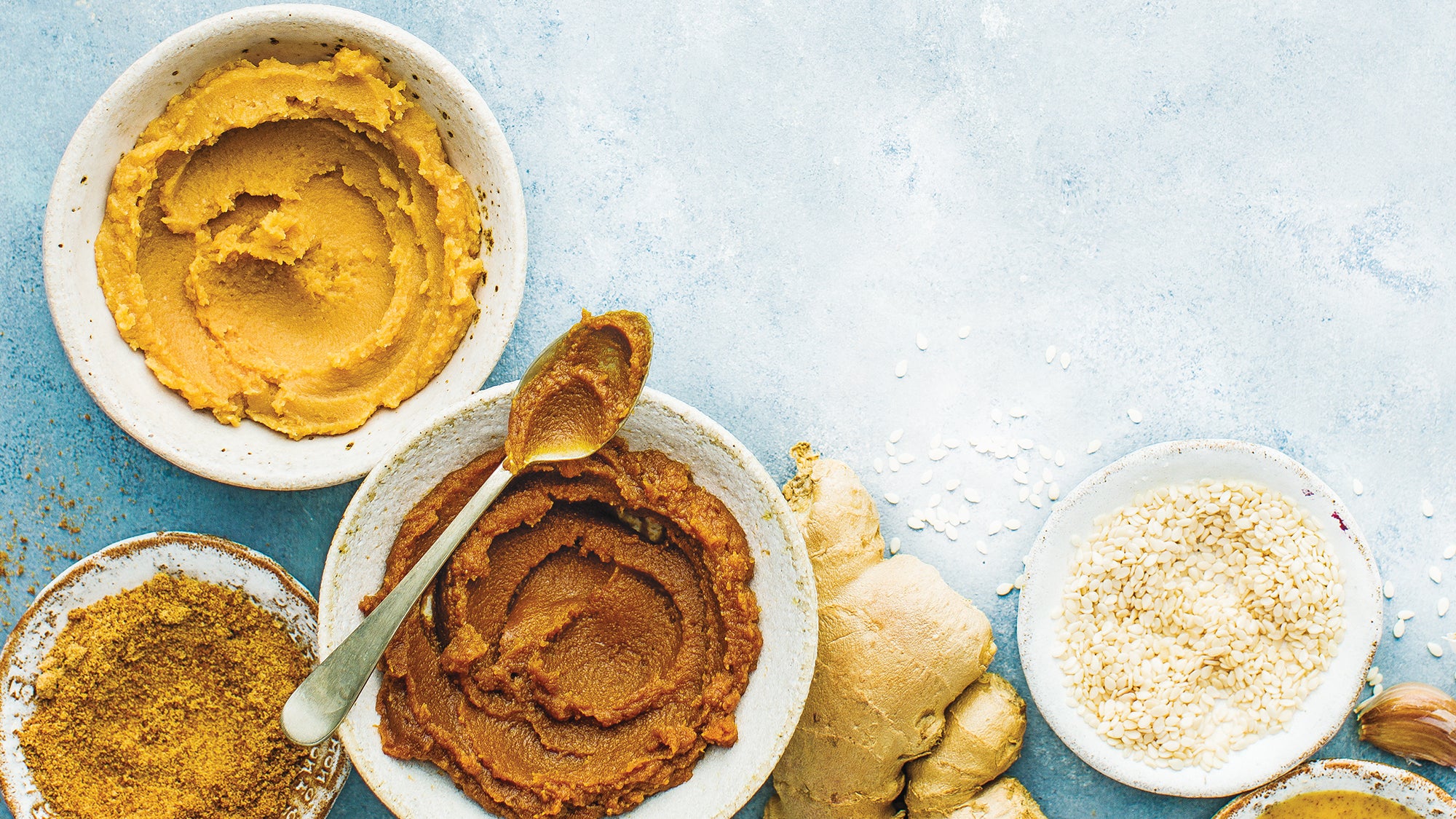3 Things to Consider When Cooking with Miso

Color Matters
Lighter colored misos (both yellow and white) have a mellower flavor due to their shorter fermentation, while darker colored miso (red) has a more intense and pungent flavor due to its longer fermentation. Never tried miso before? Start with a white or yellow miso for a sweeter and mild addition.
See Also 3 Recipes with Miso
More Than Just Soybeans
With miso’s rise in popularity, artisan producers are creating non-soy–based misos made with barley, rice, farro, chickpeas and adzuki beans. Not just for those with soy intolerances, these different bases produce a wider range of flavors, from sweet caramel to earthy tang, so test them out to find one that suits your preference.
Keep Cool
We suggest using an unpasteurized miso as heating kills the probiotics created during the fermentation process. This also means that when using miso you should keep the temperature low, and never boil it.